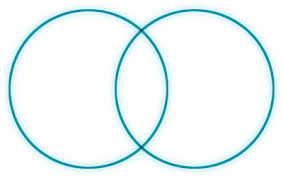Most people don’t like change, and have an endless supply of excuses for putting off change. Most of us live by the Mark Twain quote –
“Never put off till tomorrow what may be done day after tomorrow just as well.”
Which would be fine if you were exactly where you want to be in life. If your career, personal life and financial circumstances are all on track then you are one of the lucky few who don’t need to read on.
If you dream of a better life than the one you have now, the next quote is more helpful to live by.
“Change will not come if we wait for some other person or some other time. We are the ones we’ve been waiting for. We are the change that we seek.” Barack Obama.
Most of us put off even the small steps to change because unconsciously we know they might ignite powerful change. It’s normal for powerful change to be scary but it’s your choice if you want continue to make excuses and let fear hold you back.
If you’re sick of fear controlling your life take one small step towards change. Rather than the big things that are easy to justify postponing choose one small thing you have been meaning to do for ages. E.g. go out and buy the paint you want to start an art project. Clean out one draw instead of setting yourself the task of cleaning the entire house. While having your morning coffee do some research on the course you’ve always wanted to do.
Commit to one small step. Spend one hour fanning the flames of change instead of the flames of fear. One fire burns you and one clears the path towards your future.
